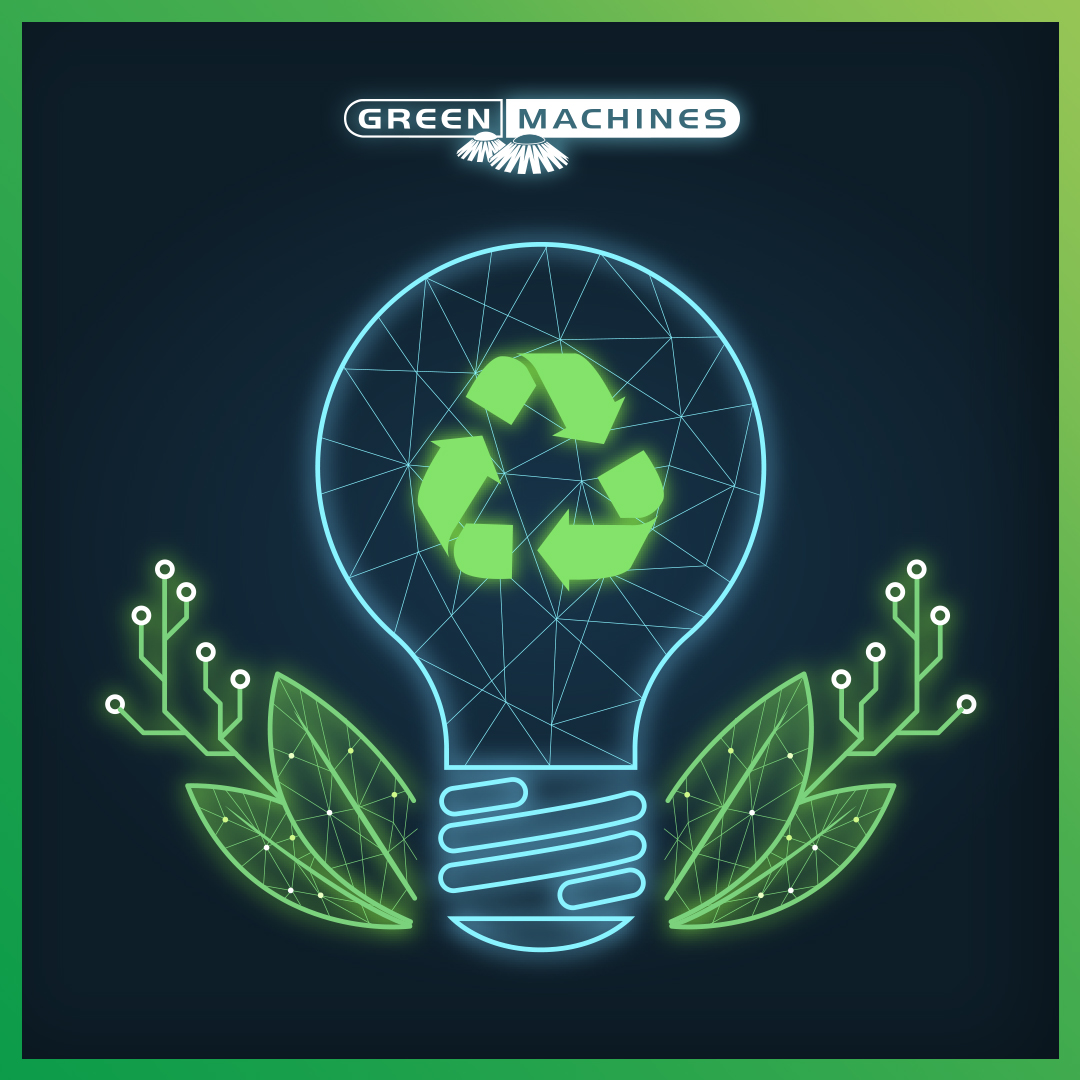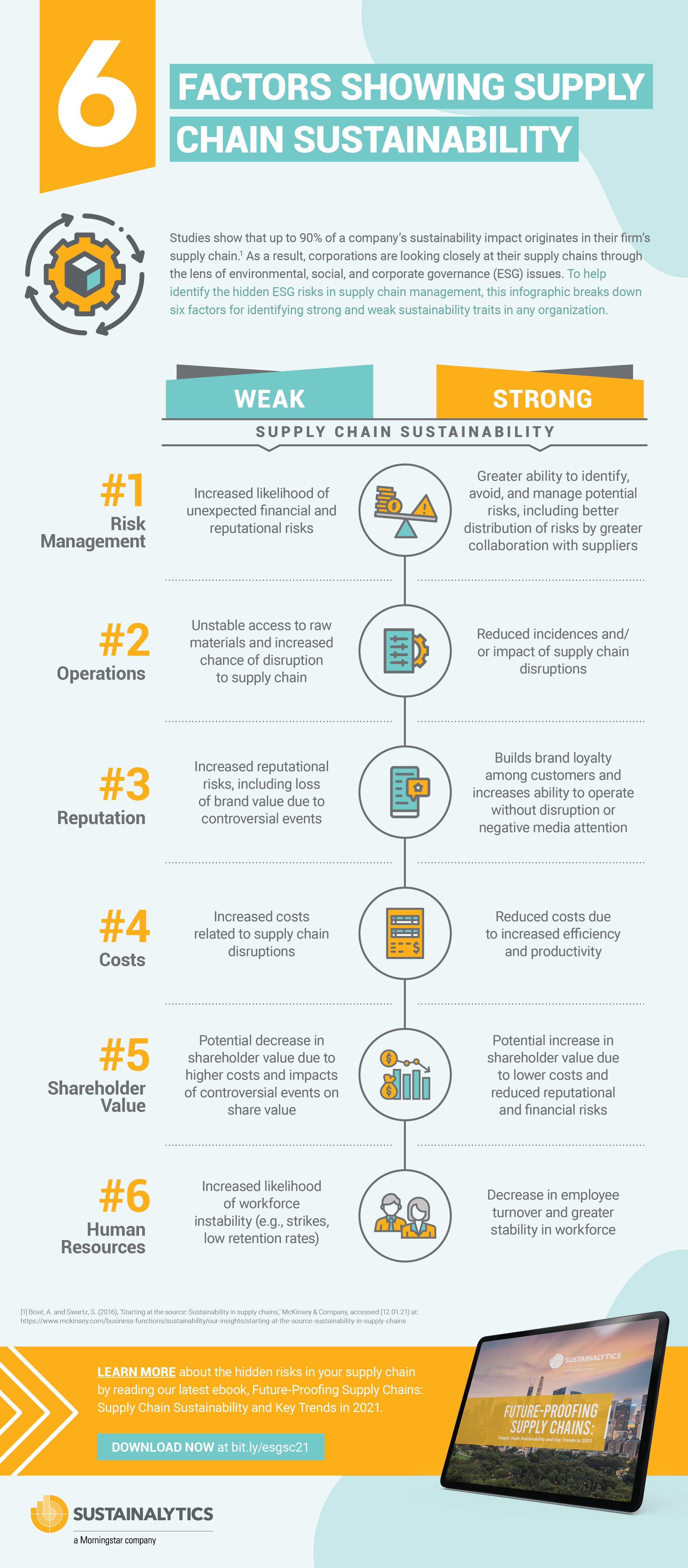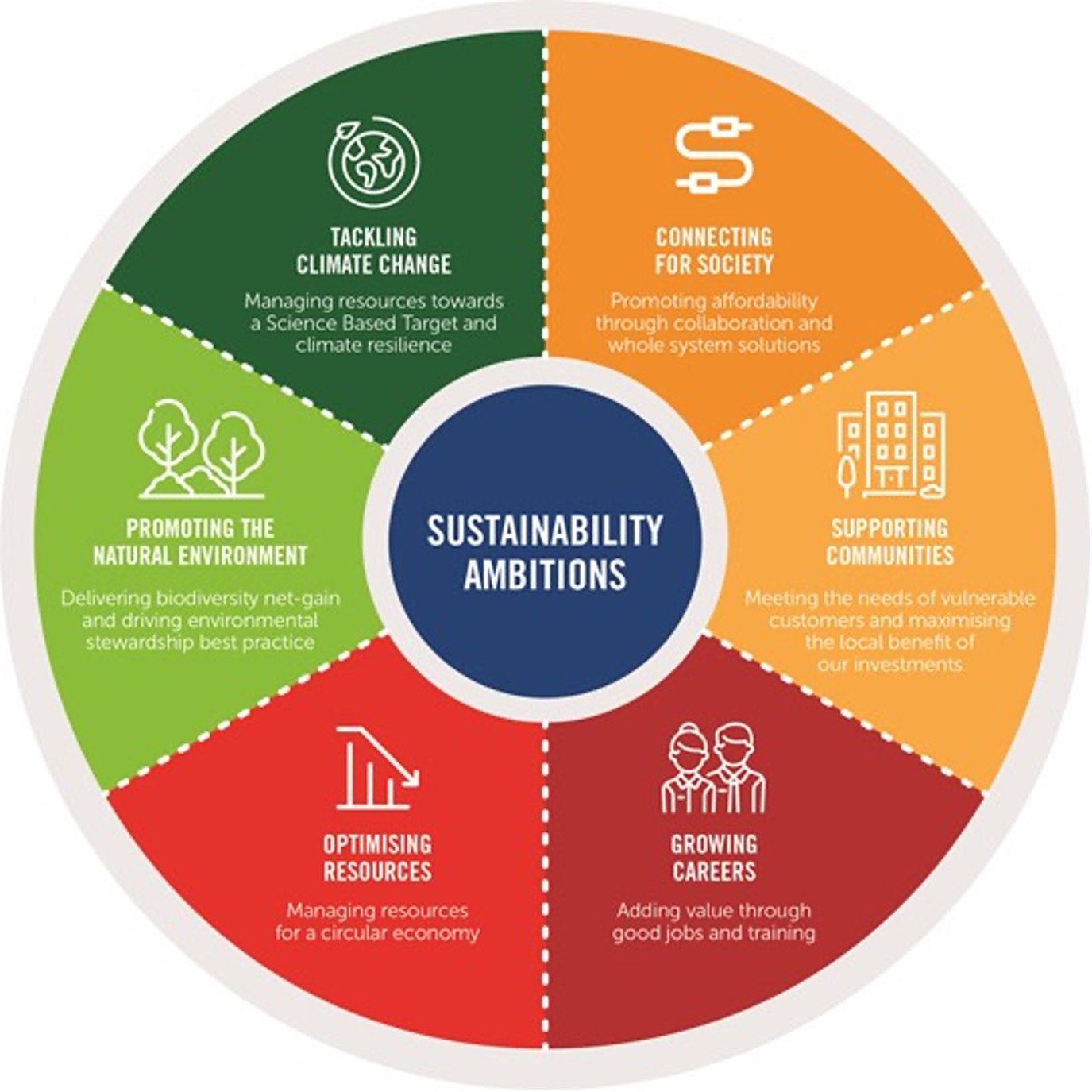Why Sustainability Matters for Startup Success
Environmental sustainability is no longer a nicety, but a necessity for startups looking to succeed in today’s eco-conscious market. By incorporating sustainable practices into their business model, startups can reduce costs, enhance their brand reputation, and comply with increasingly stringent regulations. In fact, a study by the Harvard Business Review found that companies that prioritize sustainability tend to outperform their peers financially. Moreover, sustainability can be a key differentiator in a competitive market, setting a startup apart from its rivals and attracting customers who share its values.
For startups, environmental sustainability is not just about reducing their carbon footprint, but also about creating a positive impact on the environment and society. By adopting sustainable practices, startups can reduce their energy consumption, water usage, and waste management, resulting in cost savings and improved efficiency. Additionally, sustainability can help startups to mitigate risks associated with climate change, regulatory changes, and reputational damage.
Furthermore, environmental sustainability can be a powerful tool for startups to attract and retain top talent. A survey by the Society for Human Resource Management found that employees are more likely to be engaged and motivated when working for a company that prioritizes sustainability. By incorporating sustainability into their business model, startups can create a positive work culture and attract employees who share their values.
In order to reap the benefits of environmental sustainability, startups must prioritize it from the outset. This means incorporating sustainability into their business strategy, setting clear objectives, and establishing metrics for success. By doing so, startups can create a sustainable business model that drives long-term success and positive impact.
Conducting a Sustainability Audit: Identifying Areas for Improvement
Conducting a sustainability audit is a crucial step for startups looking to improve their environmental sustainability. A sustainability audit is a thorough assessment of a company’s environmental impact, including energy consumption, water usage, waste management, and supply chain impact. By conducting a sustainability audit, startups can identify areas for improvement, set realistic sustainability goals, and develop a comprehensive sustainability plan.
To conduct a sustainability audit, startups should start by gathering data on their current environmental practices. This can include collecting data on energy consumption, water usage, and waste management. Startups should also assess their supply chain impact, including the environmental and social impact of their suppliers. This can be done by conducting surveys, reviewing supplier reports, and assessing supplier certifications.
Once the data has been collected, startups should analyze the results to identify areas for improvement. This can include identifying opportunities to reduce energy consumption, implementing sustainable procurement practices, and reducing waste. Startups should also set realistic sustainability goals, including reducing greenhouse gas emissions, conserving water, and reducing waste.
When conducting a sustainability audit, startups should consider the following key areas:
- Energy consumption: Assess energy usage, including electricity, gas, and oil consumption.
- Water usage: Assess water consumption, including water used for manufacturing, cooling, and other purposes.
- Waste management: Assess waste generation, including hazardous waste, non-hazardous waste, and recyclables.
- Supply chain impact: Assess the environmental and social impact of suppliers, including labor practices, human rights, and environmental sustainability.
By conducting a thorough sustainability audit, startups can identify areas for improvement, set realistic sustainability goals, and develop a comprehensive sustainability plan. This can help startups to reduce their environmental impact, improve their brand reputation, and comply with regulations.
How to Develop a Comprehensive Sustainability Plan
Developing a comprehensive sustainability plan is a crucial step for startups looking to integrate environmental sustainability into their overall business strategy. A well-crafted sustainability plan can help startups to reduce their environmental footprint, improve their brand reputation, and comply with regulations. To develop a comprehensive sustainability plan, startups should follow these key steps:
First, startups should set clear objectives for their sustainability plan. This includes defining what sustainability means to the company, identifying key areas for improvement, and establishing specific goals and targets. Objectives should be measurable, achievable, relevant, and time-bound (SMART) to ensure that progress can be tracked and success can be measured.
Next, startups should engage stakeholders in the sustainability planning process. This includes employees, customers, suppliers, and investors. Stakeholder engagement is critical to ensure that the sustainability plan is aligned with the company’s overall business strategy and that it addresses the needs and concerns of all stakeholders.
Startups should also establish metrics for success to measure progress towards their sustainability objectives. This includes tracking key performance indicators (KPIs) such as energy consumption, water usage, waste reduction, and greenhouse gas emissions. By tracking KPIs, startups can identify areas for improvement and make data-driven decisions to optimize their sustainability performance.
In addition, startups should integrate sustainability into their overall business strategy. This includes incorporating sustainability into the company’s mission statement, values, and goals. By integrating sustainability into the business strategy, startups can ensure that sustainability is a core part of the company’s culture and operations.
A comprehensive sustainability plan should also include the following key components:
- Environmental sustainability: This includes reducing energy consumption, conserving water, reducing waste, and minimizing greenhouse gas emissions.
- Social sustainability: This includes promoting social responsibility, respecting human rights, and supporting community development.
- Economic sustainability: This includes promoting economic growth, reducing costs, and improving profitability.
By developing a comprehensive sustainability plan, startups can ensure that environmental sustainability is integrated into their overall business strategy and that they are well on their way to achieving sustainability success.
Green Technologies and Innovations for Startups
As startups strive to reduce their environmental footprint, they can leverage the latest green technologies and innovations to achieve their sustainability goals. From renewable energy solutions to sustainable materials and eco-friendly packaging options, there are numerous ways for startups to adopt environmentally friendly practices.
One of the most promising areas of innovation is in renewable energy solutions. Startups can explore options such as solar, wind, and geothermal energy to power their operations. For example, companies like Tesla and SunPower are leading the charge in solar energy solutions, providing startups with access to affordable and efficient renewable energy options.
Sustainable materials are another area of innovation that startups can explore. Companies like Patagonia and Reformation are using environmentally friendly materials in their products, such as recycled polyester and organic cotton. Startups can also explore the use of bioplastics, which are made from renewable resources such as corn starch and sugarcane.
Eco-friendly packaging options are also becoming increasingly popular among startups. Companies like L’Oréal and Unilever are using biodegradable packaging materials, such as mushroom-based packaging and seaweed-based packaging. Startups can also explore the use of refillable packaging options, which can help reduce waste and minimize environmental impact.
Other green technologies and innovations that startups can explore include:
- Energy-efficient lighting and HVAC systems
- Sustainable water management systems
- Green roofs and walls
- Electric and hybrid vehicles
By adopting these green technologies and innovations, startups can reduce their environmental footprint, improve their brand reputation, and comply with regulations. Moreover, startups can also benefit from cost savings, improved efficiency, and increased competitiveness in the market.
However, it’s essential for startups to carefully evaluate the feasibility and cost-effectiveness of these green technologies and innovations. Startups should also consider the potential impact on their operations, supply chain, and customer base. By taking a strategic and informed approach, startups can successfully integrate green technologies and innovations into their business model and achieve long-term sustainability success.
Supply Chain Sustainability: Strategies for Responsible Sourcing
As startups strive to reduce their environmental footprint, they must also consider the sustainability of their supply chain. Responsible sourcing practices are essential for ensuring that the materials and products used in a startup’s operations are sourced in a way that minimizes harm to the environment and respects human rights.
One of the key strategies for responsible sourcing is to assess the environmental and social impact of suppliers. This can be done by conducting supplier audits, reviewing supplier reports, and assessing supplier certifications. Startups can also use tools such as the Global Reporting Initiative (GRI) and the Sustainability Accounting Standards Board (SASB) to evaluate supplier sustainability performance.
Implementing responsible procurement policies is also crucial for supply chain sustainability. This includes developing policies that prioritize sustainability, setting clear expectations for suppliers, and providing training and support for procurement teams. Startups can also consider using sustainable procurement frameworks, such as the ISO 20400 standard, to guide their procurement practices.
Engaging with suppliers is also essential for driving positive change in the supply chain. Startups can work with suppliers to identify areas for improvement, provide training and support, and incentivize sustainable practices. This can include offering preferential treatment to suppliers that meet certain sustainability standards or providing financial incentives for sustainable practices.
Some of the benefits of responsible sourcing include:
- Reduced environmental impact
- Improved brand reputation
- Increased transparency and accountability
- Improved relationships with suppliers
However, implementing responsible sourcing practices can also present challenges, such as:
- Increased costs
- Complexity in supply chain management
- Difficulty in finding sustainable suppliers
Despite these challenges, startups can overcome them by:
- Conducting thorough supplier assessments
- Developing clear and effective procurement policies
- Providing training and support for procurement teams
- Engaging with suppliers to drive positive change
By implementing responsible sourcing practices, startups can reduce their environmental footprint, improve their brand reputation, and contribute to a more sustainable future.
Employee Engagement and Sustainability: Fostering a Culture of Environmental Responsibility
Employee engagement is a critical component of a startup’s sustainability strategy. When employees are educated, motivated, and empowered to take action, they can drive sustainability initiatives and help the company achieve its environmental goals.
One of the most effective ways to engage employees in sustainability is to educate them on the importance of environmental sustainability and the role they can play in reducing the company’s environmental footprint. This can be done through training programs, workshops, and online resources. Startups can also encourage employees to participate in sustainability-related activities, such as volunteering for environmental projects or participating in company-sponsored sustainability initiatives.
Another key strategy for engaging employees in sustainability is to encourage sustainable behaviors. This can be done by implementing policies and practices that promote sustainability, such as reducing energy consumption, conserving water, and reducing waste. Startups can also incentivize employees to adopt sustainable behaviors by offering rewards or recognition for their efforts.
Recognizing and rewarding environmental achievements is also an important way to engage employees in sustainability. Startups can establish a recognition program that rewards employees for their sustainability efforts, such as reducing energy consumption or implementing sustainable practices. This can help to motivate employees to continue their sustainability efforts and encourage others to follow their lead.
Some of the benefits of employee engagement in sustainability include:
- Increased employee motivation and engagement
- Improved sustainability performance
- Enhanced brand reputation
- Increased employee retention and recruitment
However, engaging employees in sustainability can also present challenges, such as:
- Lack of employee awareness and understanding of sustainability
- Competing priorities and limited resources
- Difficulty in measuring and tracking sustainability performance
Despite these challenges, startups can overcome them by:
- Providing education and training on sustainability
- Encouraging sustainable behaviors and practices
- Recognizing and rewarding environmental achievements
- Establishing a culture of environmental responsibility
By engaging employees in sustainability, startups can create a culture of environmental responsibility that drives sustainability initiatives and helps the company achieve its environmental goals.
Measuring and Reporting Sustainability Performance
Measuring and reporting sustainability performance is a crucial step for startups to track their progress, identify areas for improvement, and communicate their sustainability achievements to stakeholders. A well-designed sustainability reporting framework can help startups to:
- Track progress towards sustainability goals
- Identify areas for improvement
- Communicate sustainability achievements to stakeholders
- Enhance transparency and accountability
To measure and report sustainability performance, startups can use various metrics and frameworks, such as:
- Global Reporting Initiative (GRI)
- Sustainability Accounting Standards Board (SASB)
- Carbon Disclosure Project (CDP)
- Environmental, Social, and Governance (ESG) metrics
When selecting metrics, startups should consider the following factors:
- Relevance to the business
- Materiality to stakeholders
- Measurability and quantifiability
- Comparability to industry benchmarks
Startups can also use various reporting frameworks, such as:
- Integrated Reporting (IR)
- Sustainability Reporting
- Environmental Reporting
- Social Responsibility Reporting
When reporting sustainability performance, startups should:
- Be transparent and honest about their sustainability performance
- Provide clear and concise information about their sustainability goals and progress
- Use visual aids and graphics to illustrate sustainability data
- Make sustainability reports available to stakeholders
By measuring and reporting sustainability performance, startups can demonstrate their commitment to environmental sustainability, enhance their brand reputation, and attract investors and customers who value sustainability.
Overcoming Common Sustainability Challenges Faced by Startups
Despite the importance of environmental sustainability for startups, many entrepreneurs face challenges in implementing sustainable practices. Some of the most common sustainability challenges faced by startups include:
- Limited resources: Startups often have limited financial and human resources, making it difficult to invest in sustainability initiatives.
- Competing priorities: Startups often have competing priorities, such as growing revenue and expanding their customer base, which can make it difficult to focus on sustainability.
- Lack of expertise: Startups may not have the necessary expertise or knowledge to implement sustainable practices, making it difficult to get started.
However, there are practical solutions that startups can use to overcome these challenges. For example:
- Start small: Startups can start by implementing small sustainability initiatives, such as reducing energy consumption or conserving water, and then build from there.
- Seek external expertise: Startups can seek external expertise from sustainability consultants or experts who can provide guidance and support.
- Collaborate with other startups: Startups can collaborate with other startups or organizations to share resources and expertise.
Additionally, startups can also use various tools and resources to help them overcome sustainability challenges. For example:
- Sustainability software: There are various sustainability software solutions available that can help startups track and measure their sustainability performance.
- Sustainability certifications: Startups can obtain sustainability certifications, such as ISO 14001, to demonstrate their commitment to sustainability.
- Sustainability reporting frameworks: Startups can use sustainability reporting frameworks, such as the Global Reporting Initiative (GRI), to report their sustainability performance.
By using these practical solutions and tools, startups can overcome common sustainability challenges and achieve sustainability success.

:max_bytes(150000):strip_icc()/sustainability-496306459-01c99e89d63f47da9ba84c560e88a8a0.jpg)





